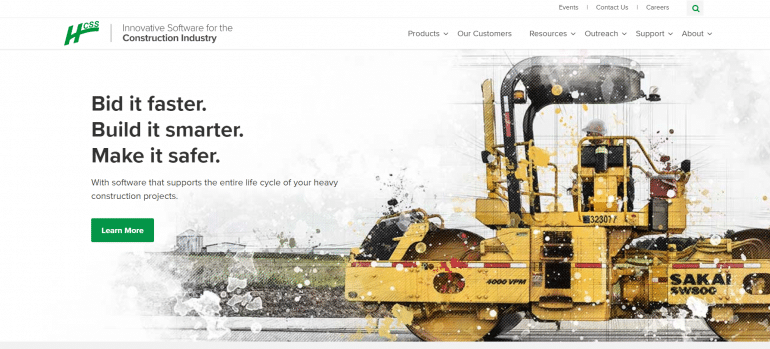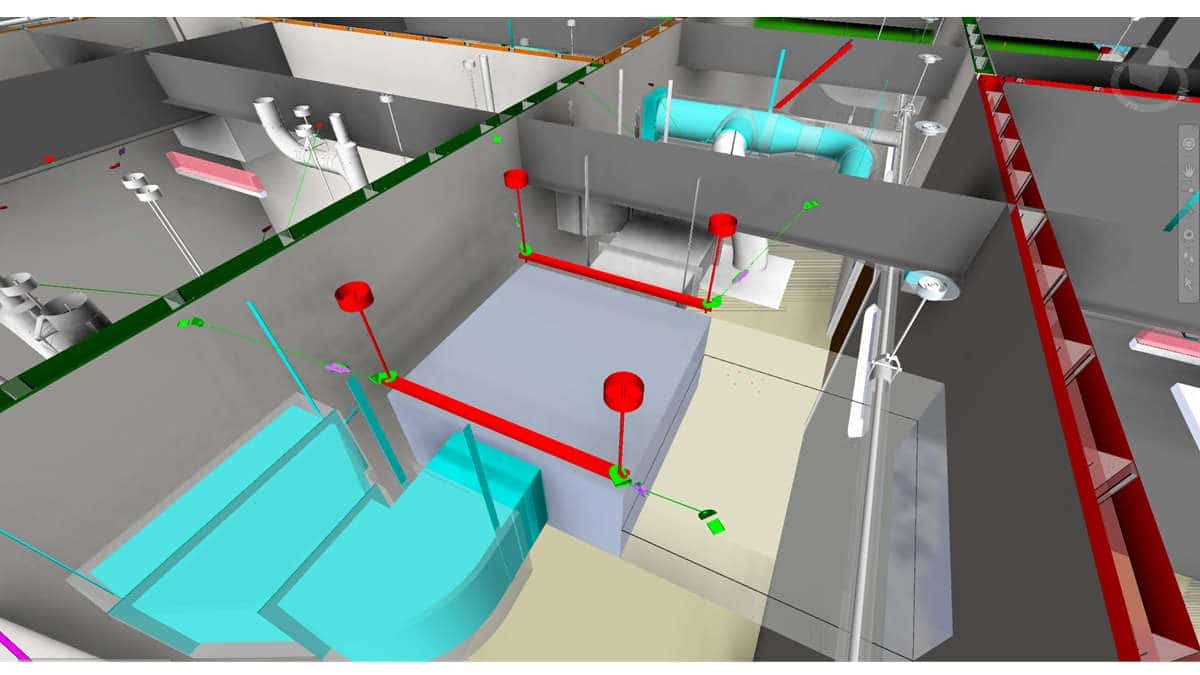The Evolving Role of Technology in Construction
 Technology has been making inroads into the construction industry for many years now. In some areas, change came quickly and the impact immediate. In other areas, change was more evolutionary that revolutionary. Regardless, there are virtually no areas left unchanged, with countless more changes on the horizon.
Technology has been making inroads into the construction industry for many years now. In some areas, change came quickly and the impact immediate. In other areas, change was more evolutionary that revolutionary. Regardless, there are virtually no areas left unchanged, with countless more changes on the horizon.
No doubt, there will be problems solved via back-of-the-napkin plans, and there will never be a substitute for a skillful, conscientious and knowledgeable crew, but technology is allowing construction companies to be more efficient and productive with tools from bidding and managing a job, to fleet management and maintenance planning.
To get a snapshot of how technology is impacting the market, including the latest trends and future potential, Utility Contractor sat down with Kyle Cain, Product Manager – Equipment360/FuelerPlus; Phillip Robinson, GPS Technology Manager; and Amy Tarkington, Product Marketer – Equipment. The trio is with NUCA member and Bronze National Partner HCSS. Based in Sugar Land, Texas, HCSS has been developing software to help construction companies streamline their operations since 1986. HCSS started off by offering estimating and management software, before delving into the equipment side.
What is HCSS’s role with utility construction?
Robinson – We have a long association with utility contractors. They have used our estimation software, HeavyBid, to win jobs and then HeavyJob to track costs at the field level and funnel that information to the executive level. More recently, we have working with telematics data from equipment and integrating that with other products, particularly operations and maintenance applications.
We are trying to steer clients away from the traditional model of waiting until something breaks before fixing it. With the right data, you are able to establish a preventive maintenance program. Historically, this has been a very difficult thing to track, but it is possible with the GPS data and telematics.
How has technology changed the construction industry?
Robinson – We have seen a paradigm shift in which crucial decisions are able to be made at lower levels in the organization. Traditionally, the model was that foremen in the field would capture cost data and push that information up to accounting and then eventually to the executive level. In that model, you would be able to capture and analyze data on maybe a monthly basis – weekly if you were really good. Now with improved data we are empowering foremen, shop managers and mechanics to make informed decisions at their level.
Tarkington – Key to being able to use data across all levels of the organization is making it easy to capture and easy to share. Again, that helps decisions-making at the field and shop level, but it also aids at the executive level in making asset management decisions and in strategic planning.
Cain – Mobile devices have played a key role. With access to mobile devices like iPads and smartphones, we can input information directly from the field and quickly push it out to the entire organization.
Robinson – There have also been gains related to safety and efficiency. With access to mobile devices, inspection data gets back to the office immediately, rather than waiting for paper reports to filter up. So, if there is a mechanical issue, for example, that will show up in the fleet management software right away and the problem can be addressed before a disruptive repair is needed.
Tarkington – Everyone having access to the data helps with efficiency. You are able to see where all your equipment is and schedule it for the next job accordingly. A big area of advancement is the integration of the data across different platforms, such as fleet management and job management software.
With technology changing so rapidly, how do you keep current with the latest technologies?
Robinson – There are a couple of different ways we keep current. Foremost, we have a research and development department that investigates newer technologies, specifically related to hardware. From there, they try to massage those developments into new applications for customers. Another thing we do is host an annual user’s group meeting with our customers. We have classes and product town halls, which provide an open forum for the customers to tell us what they are looking for. We don’t manage fleets or run construction jobs, our expertise is applying technology to those tasks, so we rely on the customers to tell us what they need to improve efficiency.
Contractors have varying levels of comfort using technology. How do you ensure that they are able to get the most out of the available technology?
Robinson – For new and existing customers, we have an implementation process. When a customer buys one of our products, we typically bring them to our offices for about a couple of days for training. By bringing them here they are able to get away from the all of the distractions at their own office so they can focus on implementing the software. Once that is done and the contractors have a chance to work with the product a little bit, we go onsite and conduct training with office personnel and field personnel. But that is just the beginning of the partnership. From there we are available to address any issues that may come up down the road.
How do contractors react to using technology?
Robinson – It varies but a common paradigm is the benefits of technology are being recognized at the executive level, especially now as time progresses and we are getting a younger and younger workforce. Typically what happens is that there will be buy-in at the executive level, and where we see reluctance is on the front lines – the foremen, mechanics, etc. Oftentimes, however, once those people on the front lines start using the software and understand it and the benefits, they start to embrace it and you can’t take it away from them.
Tarkington – One of the things we have done is set up software so that it mimics how a customer currently operates. For example, it can be set up so that forms are similar to the paperwork that the customer currently uses. This makes the learning a curve a little easier.
Cain – Ironically some of the most reluctant users are sometimes the best users of the software because they are the most diligent in putting information into the system. They want to make sure they are doing it right.
What future developments can we expect to see? What is HCSS working on?
Robinson – From my perspective, dealing with the hardware side of things, we have had GPS available for about a decade now. Virtually every OEM has the same technology available. So what we are hearing from our customers is: How can they integrate all of the standalone data coming from their GPS? How can the data be put into a context that helps drive business decisions? That is an area that a lot of companies are focusing on.
Cain – On the equipment maintenance side of the business, utilizing the available data from GPS and telematics can help perform predictive maintenance and predictive fueling. Knowing what the fuel level is without having to go out to the jobsite can streamline scheduling. The data can show how efficiently operators are running the machines and what trends may be developing related to maintenance and repairs. The more data that we have, the better positioned we are to perform predictive analytics.
Tarkington – One of the biggest benefits I see in technology implementation is the benefit to the entire company. All of the data can be used to help all aspect of decision-making from bidding to scheduling to job management to fleet management. Technology can have a positive impact on all aspects of the business.




